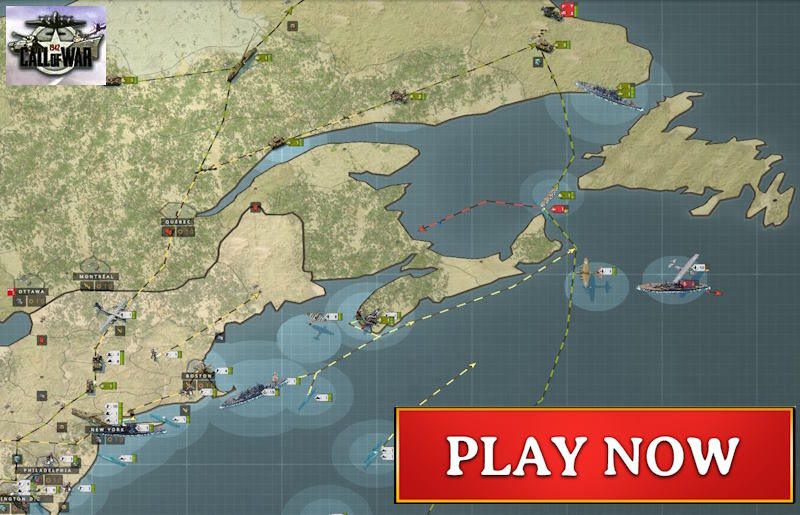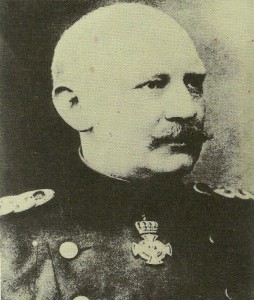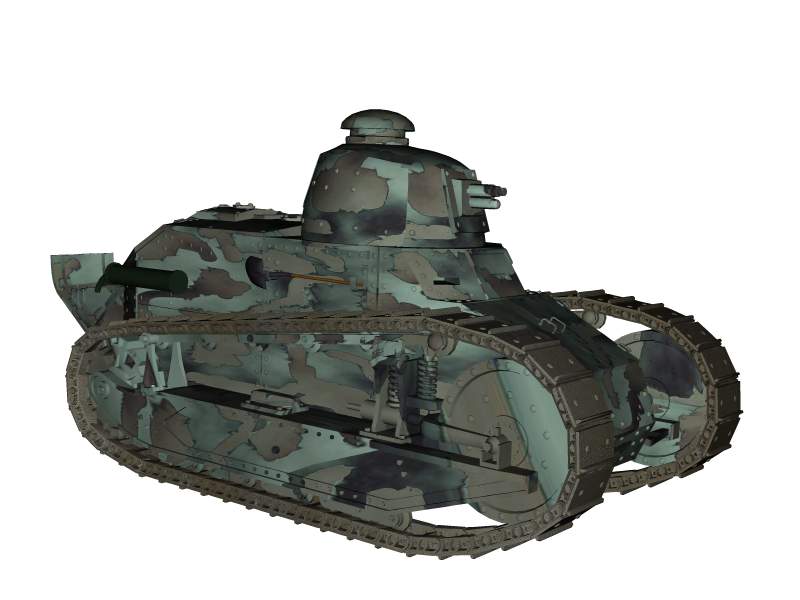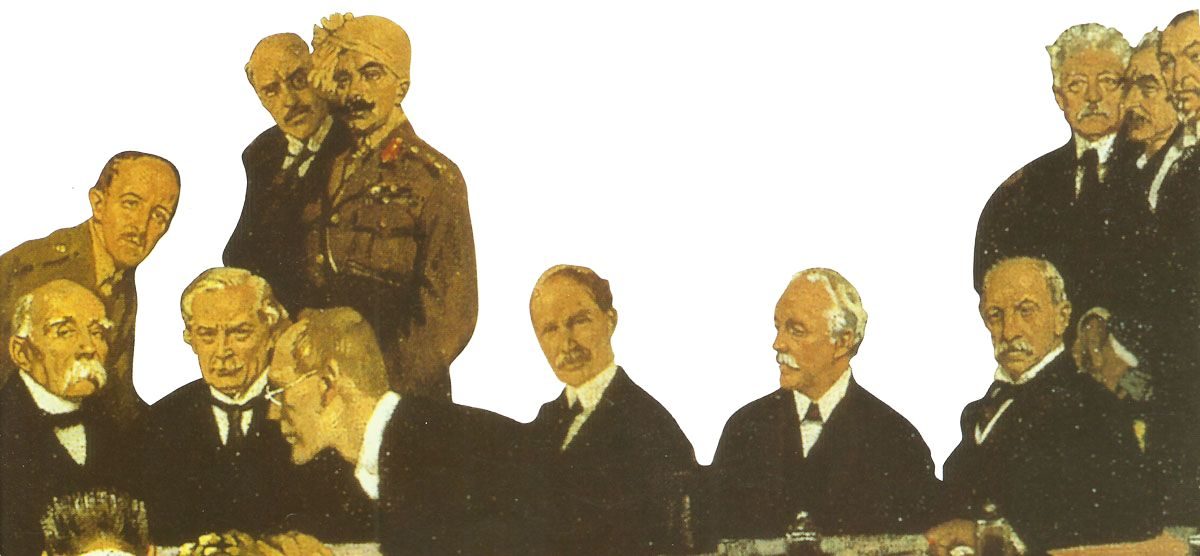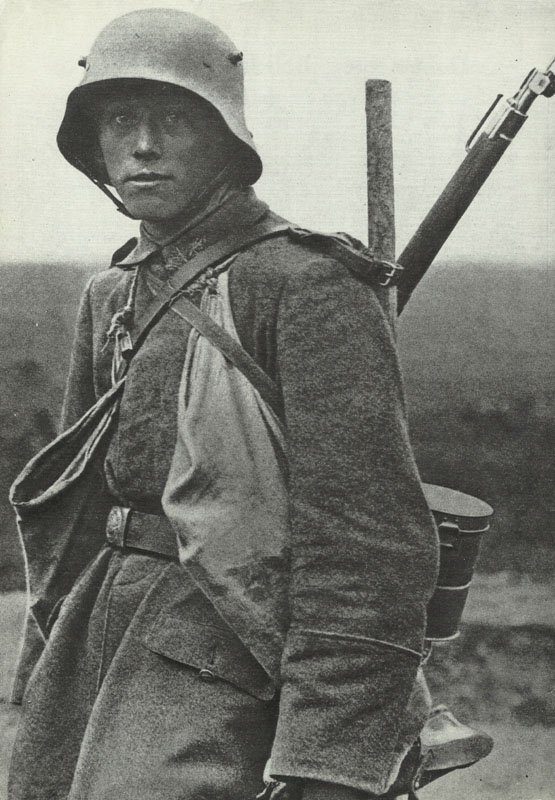German fighting power in World War One.
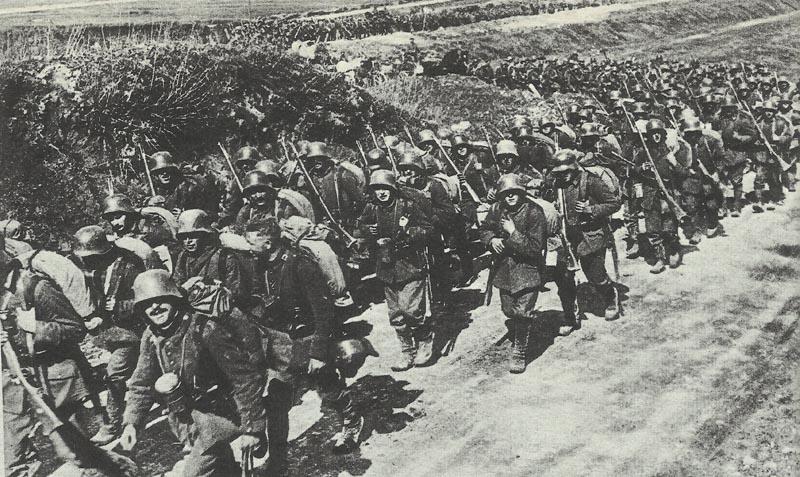
During World War One the German armed forces were mobilizing a total of 11 million men and suffered almost exactly 6 million casualties. The allies offered only against Germany about 28 million men, more than two and a half times as much.
Their losses in the fight against Germany – not counting against Austria-Hungary, Turkey and Bulgaria – were about 11 million men.
German fighting power in World War One
Table of Contents
Consequently, every German soldier killed or wounded a little more than one soldier of the Allies, but it needs five allied soldiers to put one German out of the struggle.
However, the Germans were more often in the defensive, what was designated by Clausewitz as the more powerful combat style. Experience shows that defending troops have the advantages of the selected and prepared position and point of view that allow them to man for man, to inflict more casualties than the more exposed and thus vulnerable attacker can inflict.
Modern research shows that this factor had been in WW2 about 1.3; he may not have been much smaller in WWI. Assuming that 1.3 is the multiplier for the benefit of the defender over the attacker, it follows as a balanced, normalized basis total a German superiority to causing losses of 1:4.
A modern method of investigation of recent fighting’s and battles refers to the quantitative, calculated on the individual soldier ability of a force, to inflict losses as a score effectiveness, as scoring or index of effectiveness.
Throughout the war, the Germans had a substantially greater score effectiveness index – which of course means fighting value – then the Allies had. This combat effectiveness superiority was showed again and again, from the Battle of the Frontiers 1914 until the last desperate defensive battles in late 1918.

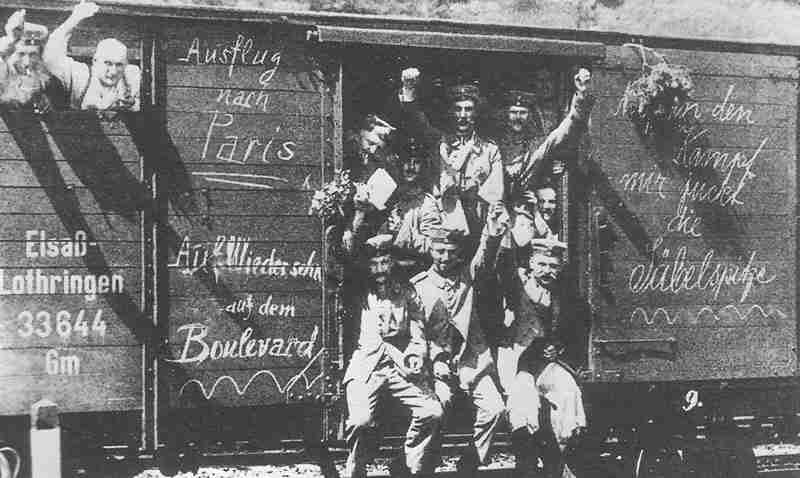
German fighting power against French troops
On their way to the Marne the seven operational German armies in the West lost in the border battles more than 200,000 men, out of a total of 1.2 million soldiers. But the French, who at that time had mobilized more than 1.3 million, lost 300,000 men and were driven back into costly defeats. Looking at the ten days of the hardest struggles of this period, the Germans showed a score effectiveness index of 3.1, the French only 1.8. Additional, the German armies of the right wing were marching under constant fighting about thirty kilometers a day.
At the Marne, Moltke incapacity was hit by Joffre’s amazing regenerative power, and brought the Germans with a decisive defeat to a stop. The Germans had maneuvered themselves through a series of strategic mistakes nearly to a disaster. Nevertheless, they could even in this grim and bitter fought battle – soldier for soldier – inflict more losses to the Frenchman than the French to them: 5.8 to 5.2.
In the remaining four years of war the French were never so powerful. During this time, the effectiveness index of the German was always much greater than the index of the French – at both, on the offensive and on the defensive, and regardless of whether they were numerically inferior or superior.
German fighting power against British troops
The same applies to the German battles against the British. During the major British offensives at the Somme, at Arras and in the third Battle of Ypres the Germans constantly caused twice more losses than they themselves suffered. The same was true when the Germans attacked, so for the first two battles in Flanders and for the initial phases of the offensive on the Somme and the Lys in the spring of 1918.
But in the last two offensives Ludendorff had his overused and exhausted shock troops ordered too much. The continuously and fruitless attacks against rested British and American reserves and also under continuous ground attacks of the Royal Air Force were too much. Consequently, the German losses rose sharply, while the rate of loss of the Allies fell, so the final result in these German offensives inflicting a German efficiency of only 90 percent of the British losses.
Overall, the German superiority by the effectiveness index to the British was average of 1.49:1 and against the French 1.53:1, was therefore almost equal.
German fighting power against American troops
Against the Americans on the Maas and in the Argonne the Germans, called as ‘decimated and exhausted’ divisions by the US military intelligence service, had a fighting power of 1.04: 1.0.
All these figures have been adjusted so that they take into account the defender’s advantage. Thus, they show that on the defensive and on the offensive by average two German soldiers are equal to three Allied soldiers.

German fighting power against Russian troops
Figures for the Eastern Front are less reliable and the calculations of the score effectiveness may have been distorted by the masses of the unusually high number of prisoners which were taken by the Germans in such battles as of Tannenberg, the Masurian Lakes, in the Winter Battle of Masurian and at Gorlice-Tarnow.
If we let the prisoners of these battles disregarded, the result for the Germans’ effectiveness index is 2.8: 1. Including the prisoners, so there is a German superiority of 7.9:1 and the average is 5.4:1.
This refers to the fact that the German troops managed to repel on a broad front – with plenty of space for movement and for superior strategic and tactical leadership – three to five times stronger Russian troops.
The Battle of Lodz confirmed that it was indeed like that. In November 1914, a Russian offensive in Silesia and Wroclaw in Western Poland was not frontal, but countered by a strike in their right flank from Lodz to Warsaw. Hindenburg and Ludendorff had about 260,000 men available in their 9th Army, close west of Lodz. Grand Duke Nicholas had north of the Carpathian Mountains about one million soldiers, of which about 400,000 took part in the Battle of Lodz. The remaining 600,000 men were either not employed or reserves, and they were scattered along a front on which they had fewer than 100,000 Germans as opponents.
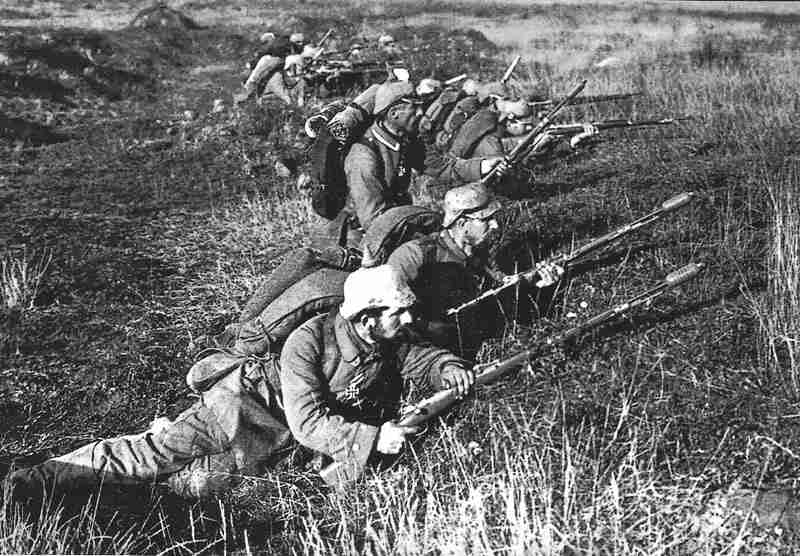
Thus, the Russians were able – despite a strategic superiority of about 3:1 – only to bring a superiority of 1.5:1 on the battlefield. The result was a bitter two-week battle that remained undecided tactically. But the Russians evacuated immediately Lodz and evaded some 30 kilometers in the direction of Warsaw. In other words: The Germans had – despite an inferiority of 1:3 – won an interpretative strategic success.
One can only speculate how the First World War would have been if the Schlieffen Plan had been carried out faithfully. Even if one assumes, rightly, that in this case the battle of the Marne would have ended with a German victory, so this means in no way that France would have been collapsed. And even a collapse of France by no means, meant that Britain would not proceed the war on their own – as well as she did the upcoming World War Two or as already in the Napoleonic Wars.

see also: Results and statistics about battles of World War One
References and literature
Kampfkraft – Fighting Power (Martin van Crefeld)
Der Genius des Krieges (Trevor N. Dupuy)
Den Krieg denken – Die Entwicklung der Strategie seit der Antike (Beatrice Heuser)


